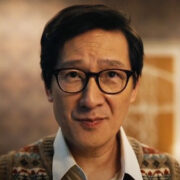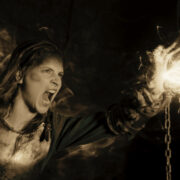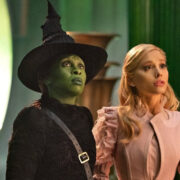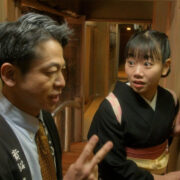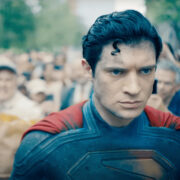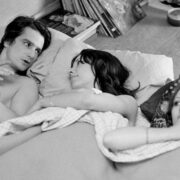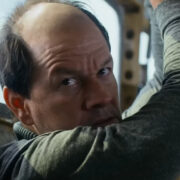10 Films That Use Radical Editing
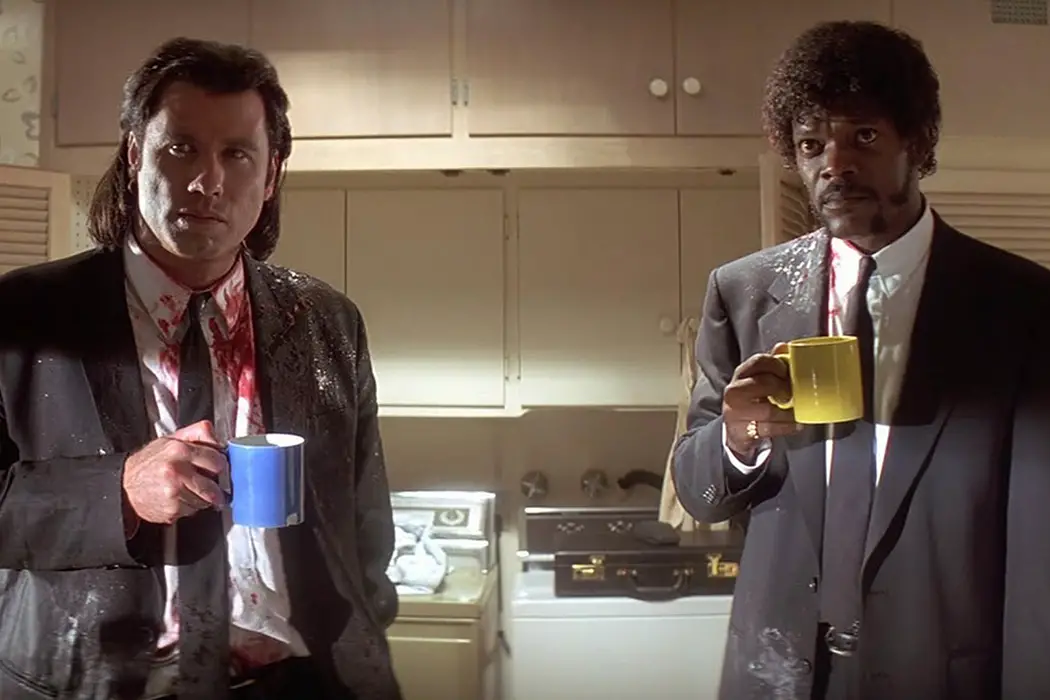
Jax is a filmmaker and producer, and a film &…
Editing – the oft forgotten craft of filmmaking. Once considered to be “just women’s work”, editors are now held in high esteem and considered crucial to the creative process of making a solid film. Over the 100+ years of film history, a formula developed for editing a film that audiences found unobtrusive to the extent of being unnoticeable. However, there are always those who buck the trend.
I present to you my list of 10 films that I believe to use radical editing. This is a broad term and I have taken it as such. The films are not presented in any form of rank but rather in reverse-chronological order (for the most part). For your consideration, I give you:
1. Rope (1948)/2. Birdman or (The Unexpected Virtue of Ignorance) (2014)

If you’re at all familiar with either of these two films, you should be able to guess why I’ve grouped them together despite a 66-year gap between them. Both Rope (1948) by Alfred Hitchc*ck and Birdman or (The Unexpected Virtue of Ignorance) (2014) by Alejandro G. Iñárritu share some common characteristics outside of their directors being alphabetically superior. Both films attempt through editing to appear as one continuous shot. Birdman has the advantage of digital technology helping it along, while Rope conveniently holds on the backs of characters for awkwardly long amounts of time, but ultimately, both films achieve the same goal.
In Rope, this drives the tension of the locked room murder-drama, forcing focus onto the characters and their thought processes. However, in Birdman, the technique feels gimmicky and unnecessary, particularly as the film is not shown in “real time” but takes place over the course of several days. It’s an example of what I believe to be a “because I could” style of directing in which the motivation behind the use of a technique is considered less than the technique itself.
That said, both films pull off the technical aspect of making multiple shots stitch together as one very well. From that technical perspective, Birdman is the superior film, but only because Iñárritu had access to amazing equipment that Hitchc*ck could only dream about. From a storytelling perspective (in my opinion, the more important), Rope wins hands down, and holds up as a compelling, tense inside look into the mind of two murderers – in fact, the two main characters were loosely based on Leopold and Loeb.
3. Memento (2000)
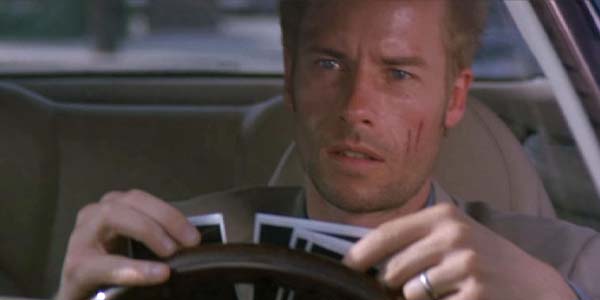
Come on, of course this film is on here. What am I? Like the rest of my generation, I saw Memento in middle school and “Oh my god, it totally changed my life!” None of this is news, if you are old enough to remember VCRs (but VCR rewinders were where it was at). But the reason Memento affected all of us so much wasn’t because it was this brilliant new story, let’s face it – we’ve all heard that love-avenged story a million times. It was because none of us had ever seen a story told that way before. And that is all down to the editing.
I’m not the biggest Christopher Nolan fan (fight me in the comments if you must), but I’ve got to hand it to him and editor Dody Dorn for coming up with the ingenious idea of telling the story of Memento backwards. It throws the audience fully into the true detective story mode, and the audience learns the plot in step with the main character, Leonard (Guy Pearce).
Leonard’s short term memory has been compromised but he’s determined to find his wife’s murderer. The film shows the events in reverse chronological order, but because of how Leonard’s memory works and the tattooed hints he leaves himself, the audience actually gains more info as we regress further in time. The technique also forces Memento to feel segmented rather than one seamless film, where scenes transition from one to the next; each day is presented as a separate ‘episode’ within the film.
4. Timecode (2000)
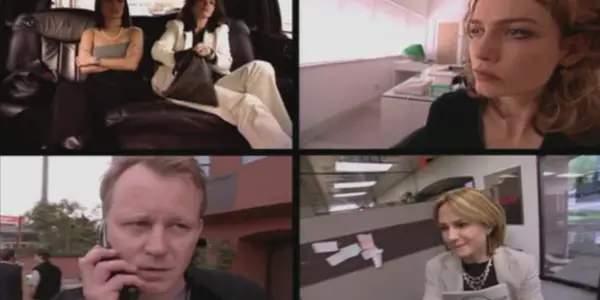
Another film which hinges largely on a gimmick, though it is perhaps a bit more adventurous in this respect than Birdman, is Mike Figgis’s Timecode. The film plays out in four simultaneous one-take shots with an occasional timecode clock running in the centre. The viewer’s attention is continuously drawn from one to another over the course of the film, though it can be quite overwhelming at times to absorb four instantaneous frames of action.
While Timecode is an extraordinary achievement in directing, editing, and acting – seriously, try and direct a film four times over and match it all up perfectly – there’s just too much going on for it to be truly impactful. It is, however, worth looking at from a technical perspective.
5. Casino (1995)

This may seem like an odd choice at first; Martin Scorsese films, while revered, aren’t exactly known for radical editing. However, Casino was editor Thelma Schoonmaker’s first film using a digital editing system. For those of you who may not be aware, and in the least condescending way possible, before the advent of digital editing and programs like Avid or Adobe Premiere, films were cut by hand using Steenbecks and good old fashioned tape. When you made a decision, you had to be damn sure that was what you wanted to do, because while it wasn’t impossible to change your mind, it was time-consuming and difficult and therefore expensive.
So imagine you’ve spent your whole career editing that way and suddenly you get a magic wand that allows you to do whatever you want and reverse it immediately with the click of a button if you decide, “Nah, bro. We’re good.” That’s what Casino was for Schoonmaker – her chance to get a little crazy, and she fully embraced it.
Schoonmaker employs experimental editing techniques, mainly the use of repeated cuts and jump cuts, which adds to the frantic sensations felt at various points in the film. While generally, the film is not very radically edited, the use of these techniques was novel, especially for Schoonmaker and Scorsese, and because of the important point in film history Casino represents, I felt it should be included.
6. Pulp Fiction (1994)

As Quentin Tarantino’s most famous film, Pulp Fiction stands up as a truly great piece of cinema. I recall being taught about this film in my screenwriting class. The teacher said that, though the film was presented in its final form out of order, it had probably been written in order and rearranged later. And even though I hated that teacher, for some reason that always stuck with me.
It caused me to ask the question – could you shuffle the scenes of Pulp Fiction like cards in a deck and would it still make sense? The consensus was, no. That even though there’s an apparent randomness to the order of events as shown, they make sense in the way they are presented to the viewer. Editor Sally Menke and Tarantino must have painstakingly laid the film out, bit by bit, so that when they put it all together in the bizarre and completely inconsequential final order, it still made sense to the viewer. The style has since been imitated many times, but never replicated and certainly never bested.
7. Stranger Than Paradise (1984)

Jim Jarmusch’s second feature film remains a favourite among film buffs to bring up at random in conversations (at least that’s how I’ve always used it). It’s one of those films you got shown in your first year at university in some independent film studies class and never really bothered to reconsider unless you got into Jarmusch. However, its style deserves to be recognised because it is a triumph of independent filmmaking.
Jarmusch had essentially zero dollars at his disposal to make this film. What he did have was access to what’s known as short ends. These are created when a film with a real budget finishes filming on one reel of film and swaps over to another. To prevent running out of film in the middle of a take, they will usually switch over before the reel runs out entirely, leaving an unspecified amount of unexposed film at the end of the reel – a “short end”. Back in the early ’80s when Jarmusch was getting ready to make Stranger Than Paradise, you could purchase these quite cheaply.
So Jarmusch filmed his entire feature film on short ends. Not only that, he decided that each scene would be the length of whatever short end happened to be loaded at the time, which meant lead actors John Lurie, Eszter Balint, and Richard Edson would ad-lib until film ran out. This process determined the editing of the film (each shot was as long as the take/short end used). It results in an odd, beatnik style, never attempted before and very rarely repeated afterwards.
8. Easy Rider (1969)

Inspired by the art films of the French New Wave and the control over their films found in European cinema, the American independent cinema of the late ’60s began to follow suit. Somehow, insane actor Dennis Hopper scrapped together a few pennies and set out to make the ultimate American road movie co-starring Peter Fonda, and Easy Rider was born. For a full rundown on the production story, check out Peter Biskind’s book Easy Riders/Raging Bulls. The long and short of it is, they finished the film (barely) and set about editing it.
Like any good editing team, they decided to edit the film while taking what one could possibly deem as ‘copious’ amounts of acid. Definitions of ‘copious’ vary from person to person and that’s not a judgment, just more of a personal reflection. The film was edited by Donn Cambern, and at some point the idea came up to flash frames of the following scenes into the current scenes before fully transitioning.
It absolutely works. Were it any other film about any other characters and subject matter, it probably would seem like artifice, but instead it manages to portray that sensation of days blending into nights blending into days that only truly comes about through the use of illegal substances.
9. Last Year at Marienbad (1961)
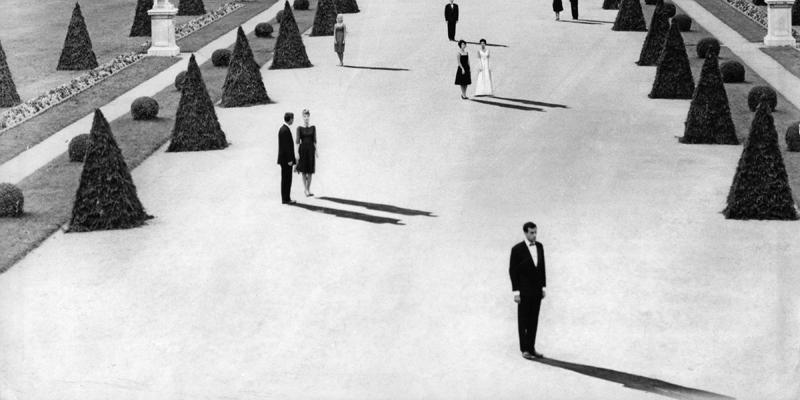
Alain Resnais’ Last Year At Marienbad is an exploration on the tenuous (and possibly non-existent) relationship between an unnamed man (Giorgio Albertazzi) and unnamed woman (Delphine Seyrig). It showcases a surreal world that mimics a dream-state, and does so largely through editing. Resnais seamlessly bridges disparate moments in time throughout the film, mirroring the sensation of time passage in the dream world. The strange courtship unfolds slowly over the course of the film, with Albertazzi‘s voice-over repetitiously describing previous encounters (often mismatched visually).
It is not until the last 20 minutes or so of the film that the plot or even the timeline becomes clear, and this is largely due to the disjointed nature of the timeline. The same (or is it just similar, like a recurring nightmare) scenes play out, and slowly the narrative builds and viewers are able to piece together the bizarre affair between Albertazzi and Seyrig, as well as their relationship to the mysterious third man (Sacha Pitoëff). Resnais achieves this delicate narration largely through the editing, the scenes stitched together with meticulous blocking and cinematography.
10. Breathless (1960)
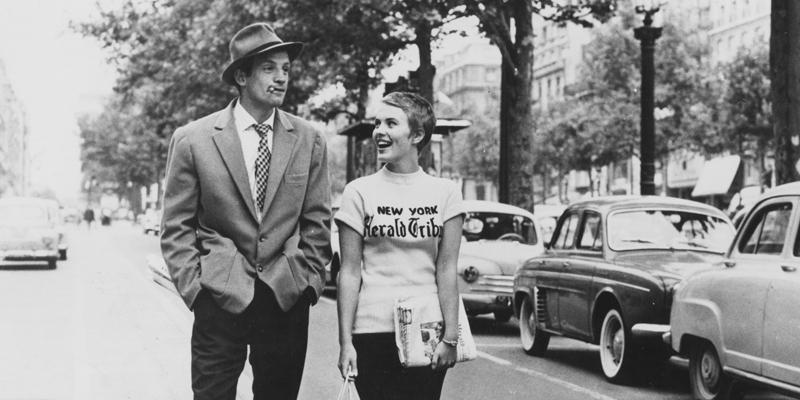
One of the first films of the French New Wave (The 400 Blows beats it by a year, coming out in 1959), Breathlesswould inspire generations of filmmakers following its release to experiment with editing (among other things) in narrative storytelling. Director Jean-Luc Godard makes heavy use of jump cuts and repeated shots to portray the transient life of a thief, played by Jean-Paul Belmondo. Jean Seberg (being named Jean was a requirement to work on the film) plays the American love interest whom Belmondo tries to woo away with him to Italy to escape arrest.
The editing feels jagged and improvisational, almost like the jazz music of the time, and reflects the bohemian lifestyle the film portrays. The repetition hammers home the idea that Belmondo‘s character is caught in a loop which will inevitably lead him to destruction. The directorial style emanating from Breathless gave credence to François Truffaut‘s initial musings on auteur theory – that a director might be known by their unique imprint or style on a film.
Many viewers find Breathless to be too disjointed to follow or enjoy, but it must be recognised as a film from which (because of the editing in particular) sprung a new era of cinema.
Editing has come a long way since the dawn of Hollywood, and I imagine it will continue to change as we move forward and technology progresses. My personal word of caution is to avoid a gimmick just for the gimmick’s sake. It may be a cliché, but motivation is important in art – we have to know why we are doing something, why something is being shown to us. It doesn’t always have to be clear right away, but if there’s never any payoff, it can leave the viewer feeling very empty.
The student of film may have noticed that I avoided experimental cinema in this list. The main reason is that I think it’s far too easy to find “radical” filmmakers and editors, and I wanted to stretch myself a bit further for this article. I could have filled this entire article with films by Andy Warhol, Michael Snow, Maya Deren, and Stan Brakhage, and that would have been a valid exercise!
However, I find it more interesting to look at those films which operate within the given framework of “Hollywood” yet still use radical editing practices. For the brave and the interested, pop those names into Google and check out some truly bizarre films, not just in terms of editing, but in terms of everything.
Do you think I succeeded in my mission to find radical films within the realm of Hollywood? Did I miss out on something you wish I had included? Tell me in the comments!
Does content like this matter to you?
Become a Member and support film journalism. Unlock access to all of Film Inquiry`s great articles. Join a community of like-minded readers who are passionate about cinema - get access to our private members Network, give back to independent filmmakers, and more.
Jax is a filmmaker and producer, and a film & tv production lecturer at the University of Bradford and is also completing a PhD about Stan Brakhage at the University of East Anglia. In the remaining "spare time", Jax organises the Drunken Film Fest, binges bad TV, and dreams of getting “Bake Off good” with their baking.


